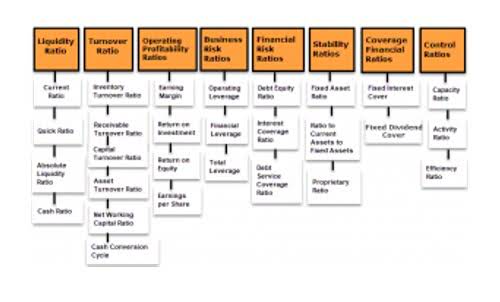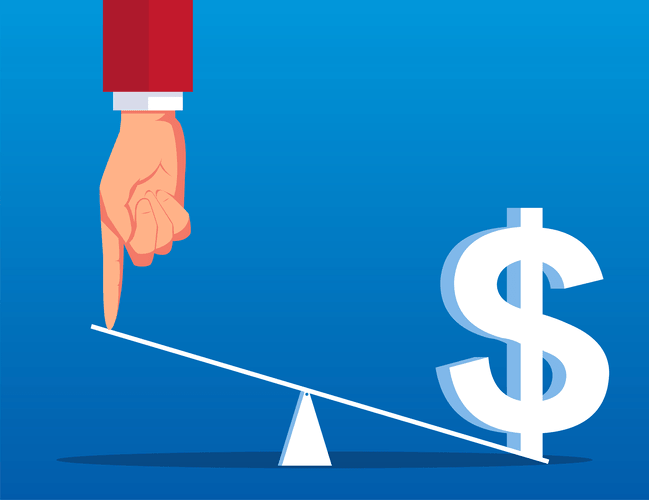Windows Activation Software ✓ Activate Your OS Now ➤ 2024
3 mayo, 202214 Supplements for Liver Health
3 abril, 2023
Higher LTVs indicate higher credit risk, as the borrower has less equity in the asset. Loan Loss provision (LLP) – LLP is an amount set aside by the bank to cover potential losses on loans. Higher LLPs indicate that the bank is more cautious in managing credit risk and is aware of the potential for loan losses.

Important Considerations about the Debt to Asset Ratio
In other words, banking ratios for financial strength measure the solvency of a bank. Common banking ratios for financial strength include the capital adequacy ratio, liquidity coverage ratio, supplementary leverage ratio, and the common equity tier 1 (CET1) capital ratio. Understanding these asset quality indicators is crucial to assessing a bank’s loan performance. By analyzing these indicators, you can evaluate the bank’s financial health and make informed decisions about potential investments. For example, if a bank has a high NPL ratio, it may indicate that the bank is taking on too much risk, which could lead to potential losses.
What is Loan to Asset Ratio?
- Public companies listed on a stock exchange must publish their financial statements, including balance sheets, income statements, and statements of cash flows, every quarter and at the end of the year.
- Higher LTVs indicate higher credit risk, as the borrower has less equity in the asset.
- Leverage ratios and free cash flow are pivotal concepts in the realm of finance, serving as…
- On the other hand, a low loan to asset ratio means that a company has more assets than debt, which can imply that it is underutilizing its potential to leverage its assets for growth and profitability.
- As with all financial metrics, a “good ratio” is dependent upon many factors, including the nature of the industry, the company’s lifecycle stage, and management preference (among others).
Such a ratio is typical for commercial banks aiming for steady growth and profitability. The three critical ratios for the banking industry shown in figure 1 are the net interest margin, the loan-to-assets ratio, and the return on assets ratio. Investors can use the net interest AI in Accounting margin, the loan-to-assets ratio, and the return-on-assets (ROA) ratio to analyze retail banks. These can be used to analyze a bank’s profitability, as well as to understand whether a bank generates more income from loans or other assets. Another key use of the debt-to-asset ratio is to assess credit risk and bankruptcy potential.

Company
- Additionally, banks fund most of their operations through customer deposits and debt and will incur a large amount of interest expense.
- Our first guinea pig will be Microsoft (MSFT), and we will use the latest 10-k to calculate the numbers.
- Depending on averages for the industry, there could be a higher risk of investing in that company compared to another.
- The retail banking industry, like the banking industry overall, derives revenue from its loans and services.
- Divide the total amount of loans by the total amount of assets, and multiply the result by 100 to get the percentage.
By aligning with industry standards, small businesses can not only manage their financial risks but also signal to potential lenders their creditworthiness and strategic financial management. It’s a delicate balance that, when maintained, can indeed become a competitive advantage. For example, if the debt to asset ratio is 0.1, it means that debt funds 10% of the assets and equity funds the remaining 90%. While both ratios measure lending activity, the GLTA ratio compares loans to total assets, providing a broader picture of asset allocation. In contrast, the LDR focuses specifically on the relationship between loans and deposits.
Tag: Rumus Menghitung Loan To Asset Ratio – LAR – Bank

A lower debt to asset ratio signals stronger financial flexibility and the ability to grow without excessive dependence on debt financing. There are different variations of this formula that only include certain assets or specific liabilities like the current ratio. This financial comparison, however, is a global measurement that is designed to measure the company as a whole. The debt to assets ratio formula is calculated by dividing total liabilities by total assets. For instance, consider a bank that implements an AI-based credit scoring system. This system can process vast amounts of applicant data to determine creditworthiness more accurately than traditional methods.

Lending Ratios
The goal is to strike a balance that supports growth while maintaining financial resilience. Debt service coverage ratio, or DSCR, measures the ability of a company to use its operating income to repay all its debt obligations. In other words, the DSCR indicates how easily a company can meet its debt obligations using its operating income. So, the lower the debt-to-income ratio, the more likely a borrower will not encounter any problems with paying off the debt. As a result, banks and other credit providers want to see low DTI ratios for borrowers before originating loans.
- After all, we get a pretty good idea of how the ratio works and what to look for when calculating the debt-to-asset ratio.
- As the name suggests, profitability ratios measure the ability of the company to generate profit relative to revenue, balance sheet assets, and shareholders’ equity.
- The net interest margin ratio measures the difference between interest income and interest expense.
- By regularly monitoring this ratio, businesses can make strategic decisions about borrowing and investing, ensuring they maintain a balance that supports both stability and growth.
- If banks do this unchecked, their balance sheets will become riskier and riskier, endangering deposits.
- The banking industry, specifically the retail side, is the most complex part of the already highly complex industry to analyze.
- Many commercial mortgage lenders underwrite credit based on the cash flow generated by a property’s tenants.
The loan to asset ratio key is to understand those limitations ahead of time, and do your own investigation so you know how best to interpret the ratio for the particular company you are analyzing. In this article, we will explore how this metric is used and interpreted in real-world situations. Investing in training and development for loan officers to improve their credit analysis and risk assessment skills. Loss loans are those that are considered uncollectible and require full write-off. These loans have the highest risk of default, and they require the highest provisions.
Ready to Level Up Your Career?
Also, the per-dollar profit return indicated by the ROA ratio in an important bank management metric. Because banks are highly leveraged, even an ROA as low as 1% or 2% can lead to substantial revenue and profits in banking. One of the key metrics that startups need to monitor is their loan to asset ratio, which measures how much debt they have relative to their total assets. This ratio can have a significant impact on their cash flow, balance sheet profitability, and risk, depending on whether it is high or low.
The Debt to Asset Ratio Formula
If the debt-to-asset ratio is less than 1, the organization has more assets than obligations — a good sign for creditors. Understanding a company’s debt profile is a critical aspect in determining its financial health. Too much debt and a company may be in danger of not being able to meet its interest and principal payments, as well as creating a strain on its finances. There is no one figure that characterizes a “good” debt ratio, as different companies will require different amounts of debt based on the industry in which they operate. For example, airline companies may need to borrow more money, because operating an airline requires more capital than a software company, which needs only office space and computers.
